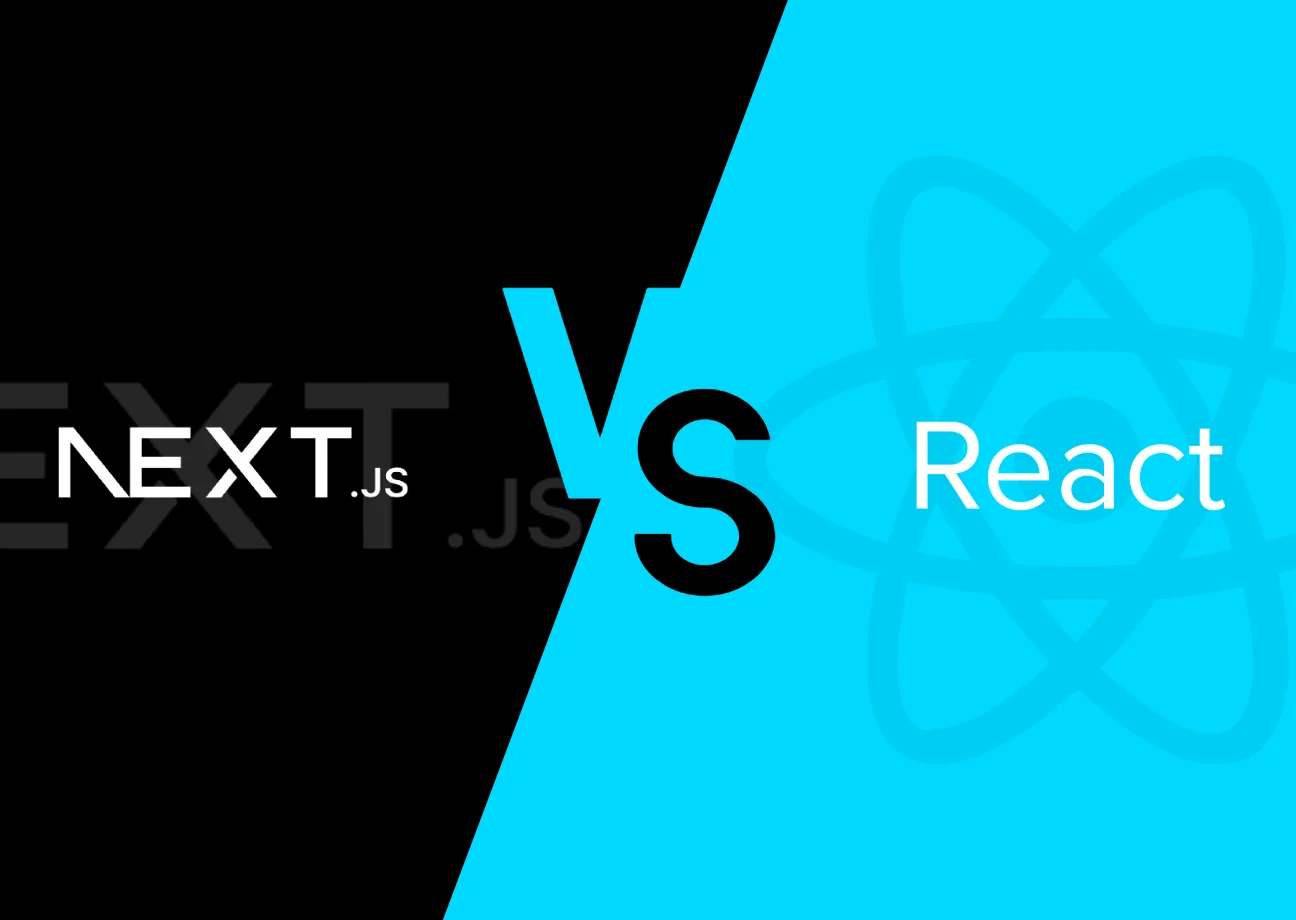Introduction to React.js
React.Js has dramatically modified the internet improvement panorama. What Facebook released
changed into modern, giving developers an effective set of gear to create interactive, useful,
and visually appealing packages. As its popularity grew, React.Js gained dedicated developers
and businesses, all of whom contributed to its boom and improvement.
What sets React.Js apart is its aspect-based totally architecture, which allows developers to
create encapsulated UI additives that can be organized to create complicated consumer
interfaces. This modular technique no longer handiest will increases code reusability but also
helps renovation and scalability of applications. Additionally, React's virtual DOM
implementation improves overall performance via decreasing DOM modifications, resulting in
faster translation and advanced user experience.
In addition to its key features, React.Js boasts intensive surroundings of libraries, tools, and
frameworks that beautify its skills. From State management libraries like Redux and MobX to
routing libraries like React Router, the ecosystem empowers developers to easily meet the wishes
of applications Furthermore, entire documentation, tutorials, and community assistance are
available, guaranteeing developers get the resources they want to overcome demanding situations
and free up React's full capability.
Additionally, React's versatility extends past internet improvement, with frameworks like React
Native permitting you to create local cellular packages with the usage of JavaScript and React
standards These overlapping internet and mobile improvement ecosystems make the development
process simpler providing code sharing and accuracy across structures.
